Wine lists are organised by price, by country/region, by grape variety and in the broadest sense, by style or flavour profile. But when one thinks that wines come from particular places, then categorisation in terms of soil and climate seems to be both the most salient and intuitive means of classifying wine.
For us a wine of the sea is one where the prevailing wind blows moist salt-laden air into the vineyards. Summers are normally mild rather than hot; the growing season is usually lengthy. And the wines? Brisk, fresh, light on their feet, and, for want of a better descriptor, saline.
Atlantic Ocean Potions
Domaine St Nicolas – Stop Fief!
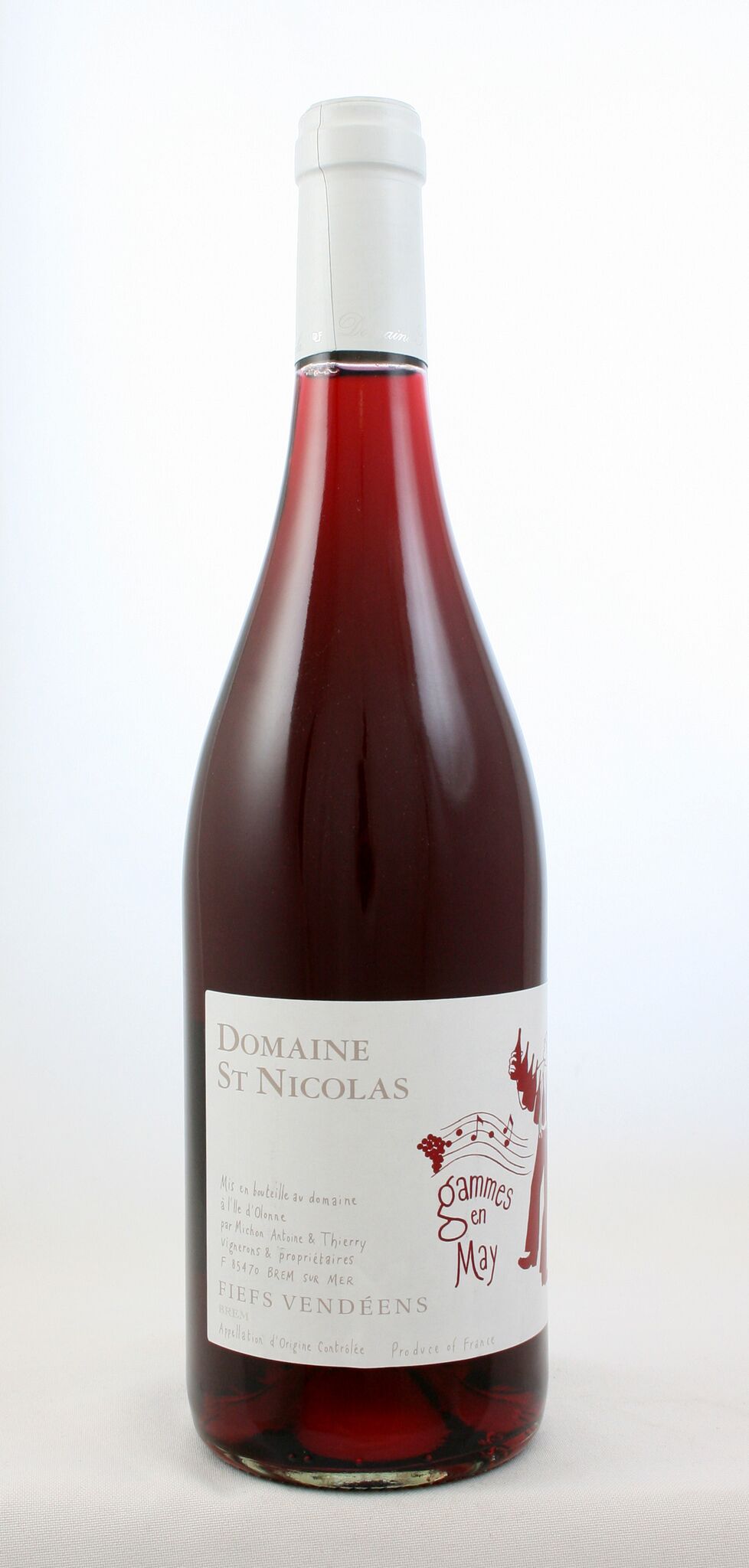
Fiefs-Vendee, the most proximate wine region to the Atlantic in France and one where vines have been cultivated for decades by the Michon family.
Due to its proximity to the ocean, Domaine Saint-Nicolas benefits from a micro-climate: sea, woodland and the marshes of the Ile d’Olonne. The vines are planted facing south-west for the Pinot Noir, Gamay and Cabernet and south-east for the Chardonnay and Chenin on clay and schist soils. The domaine extends to some thirty-seven hectares and each one of them farmed biodynamically! It is a major undertaking to keep the soil, and hence the vines, healthy. Thierry’s job is also made more difficult due to the range of different grapes he tends here. Whilst the vignoble is planted with the standards such as Chardonnay, Chenin Blanc, Pinot Noir and Gamay, there is also Cabernet Franc, the obscure Négrette and the slightly less obscure Grolleau Gris. The Négrette ends up in his baby red called Reflets Rouge which normally sees 40% of Pinot Noir blended with 20% each of Gamay, Négrette and Cabernet Franc. Grolleau or Groslot Gris adds a touch of spiciness and excitement to the salty, white wine called Les Clous which is a blend of Chardonnay, and Chenin Blanc.
For Thierry Michon, the gregarious force behind one of the Loire’s best-kept secrets, it’s all about the soil. Working on schist and silex a flint stone’s throw away from the Atlantic, Thierry is the prophet of biodynamics in this tiny viticultural area. His vineyards never see a non-organic product. He raises his own cows simply for the manure they produce which he religiously spreads between the vines. He has slowly purchased buffer zones all around his property to prevent chemical products from other winemakers from seeping into his parcels. For him, biodynamics isn’t just a pragmatic consideration, it’s a religion.
Whether it is the schist soil or the micro-climate, his single vineyards Pinot Noirs are some of the Loire’s best, exhibiting strong hits of raspberry allied to vibrant saltiness, alluding to their maritime origins. It may be that this is the only littoral Pinot Noir planted on schist in the world, but if you know different – – answers on the back of a tweet.
Muscadet – Lies, Sur Lies and Luneau-sea (sic)
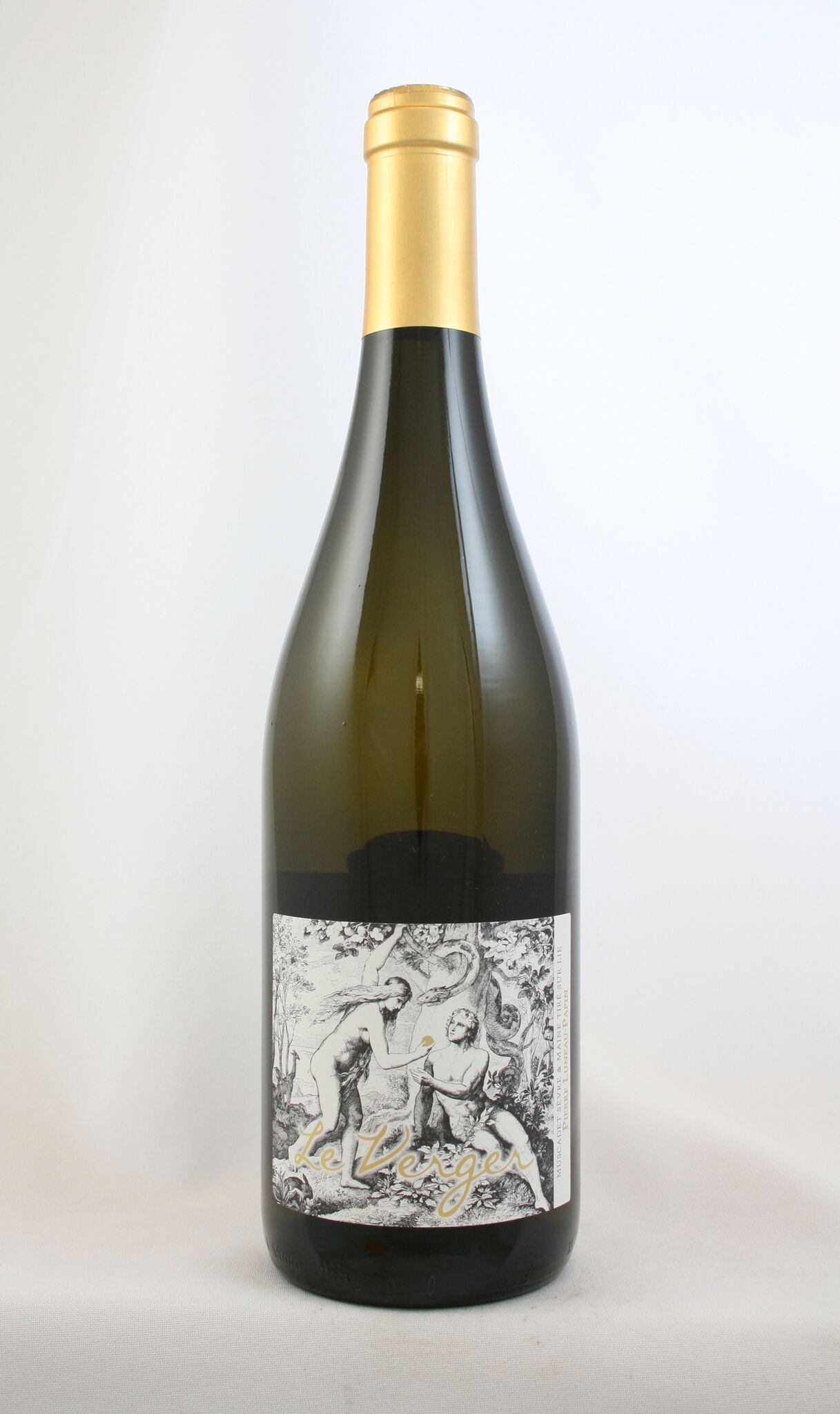
Pierre Luneau keeps a variety of thoroughbred Muscadets in his stable and on his table, terroir differentiation being the name of the game. The vines may be grown on sands and gravel, on granite and gneiss mica, schist or volcanic gabbro, but the mineral, salty nuances are always present and the capacity to age built into the steely structure of the wines. Le Verger, from the schists of Landreau (20km south east of Nantes) reminds one of Petit Chablis: white flowers, stones and water. Wonderful bready/yeasty nose and a smooth buttery palate with good concentration. Even on this commercial wine the production is largely organic (organic manures, lutte raisonnée, controlled yields). A far cry from la lavasse served up in many bars.
Possessor already of superb single and cru locations, the Luneaus recently brought a spectacular new vineyard on stream. La Butte de la Roche is planted on the exposed slopes of a hill that rises steeply out of the marshes, the vines on a fascinating mix of iron-rich serpentite and magnetite soils created by gradual metamorphic transformations. This terroir imparts terrific complexity to the wine which is initially taut with cool oyster-shell notes before unveiling more complex aromas of salt butter, gorse blossom and river stone and a palate bound together by soothing acidity. Truly the DRC of Melon de Bourgogne, the 1er Mousquetaire of Muscadet.
There is something about Muscadet that’s like licking an oyster shell.
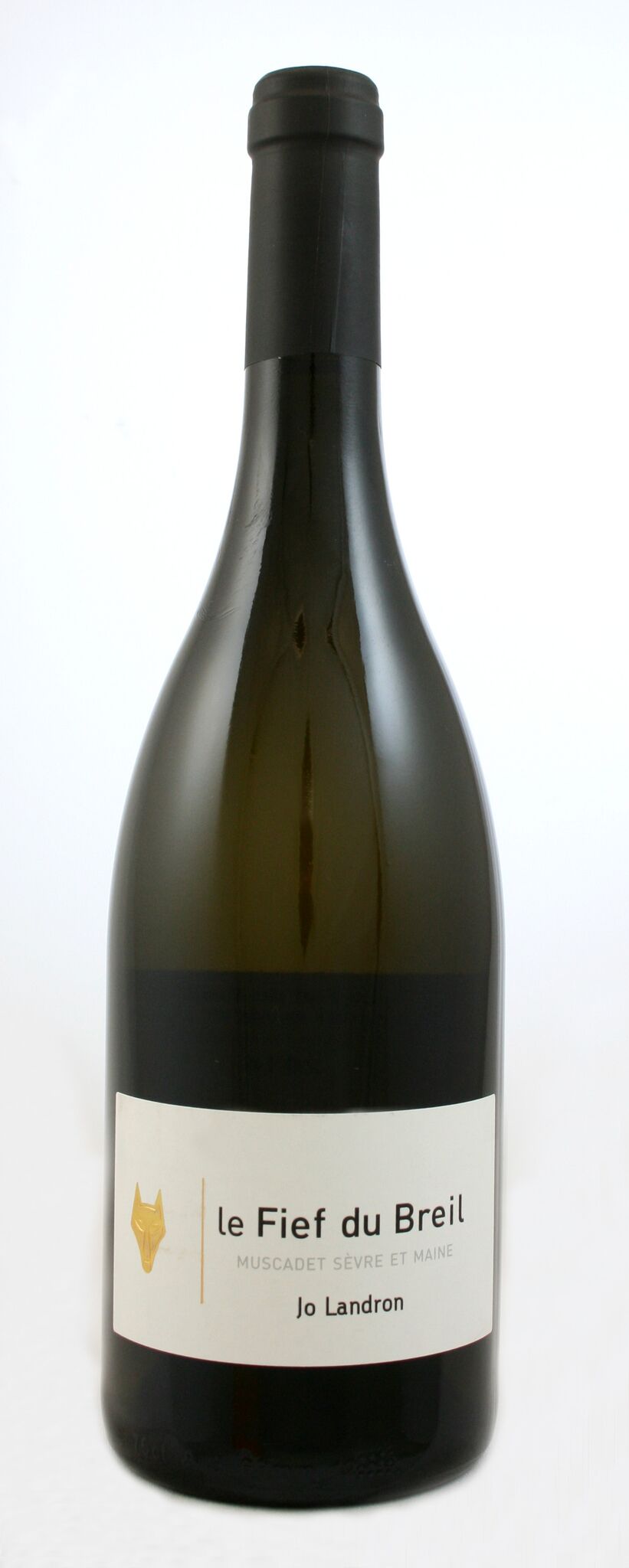
The versions from Jo Landron, Domaine de la Pepière and Marc Pesnot are subtle variations on a maritime theme. Manual harvest (not the norm in Muscadet), native yeast ferments, ageing on the lees, and light or zero filtration, combine to amplify the terroir nuances in the respective wines.
Terras Gauda – Zing and tang
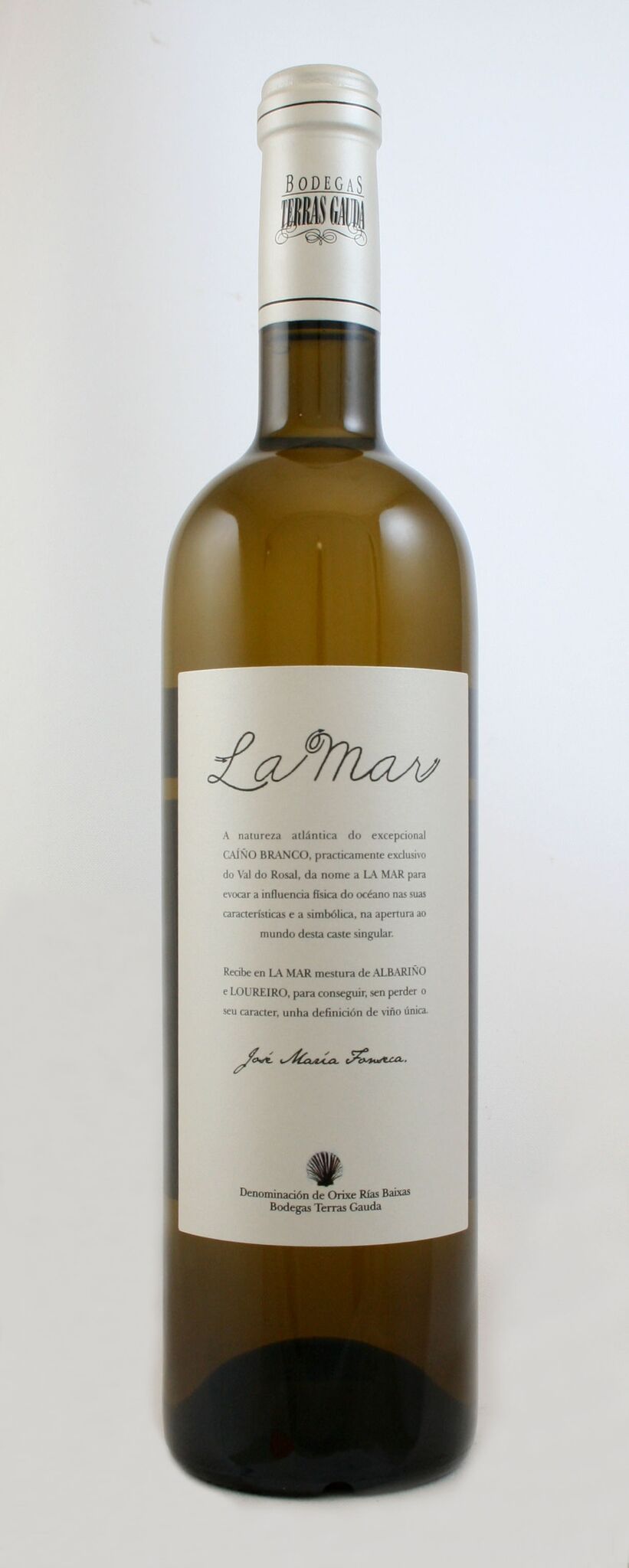
The Galician vineyards of Rías Baixas are dominated by the influence of the Atlantic. This is a green, cloudy, damp region of pine, chestnut and oak clad hills with a coastline punctuated by rias (coastal inlets). The region has actually produced wines for many centuries, and by the middle of the 19th century, Galicia boasted 55,000 hectares of vines, although phylloxera and other diseases greatly reduced this amount. The wine scene remained moribund until the 1980s when Albariño, the region’s great white grape was “rediscovered” and found to yield excellent quality wines. Allied to this was investment in the technology of cold fermentation and stainless steel that exalted the flavours and aromas of the grape. Rías Baixas – low rivers – is named after the abovementioned fjord-like inlets. It has a markedly Atlantic climate with mild winters, coolish summers, high humidity and elevated rainfall. The wines of Terras Gauda are located in the subzone of O Rosal on the terraces that rise steeply above the river Miño which divides Spain from Portugal. The Abadia de San Campio (100% Albariño) is very attractive with citrus, grapefruit, pineapple and mandarin flavours. The O Rosal, a selective blend of the best Albariño grapes in the O Rosal subzone is mixed with the indigenous Loureira and Caiño Blanco (harvested in October), is greenish-yellow, evoking white flowers and green plums on the nose and filling out on the palate with fresh grape and apple compote flavours as well as peach kernel. Edged with superb acidity and a bristling minerality this reminds one of a really good Riesling. Both the wines have delicacy and persistence in equal measure. When in this corner of Spain drink with the harvest of the Atlantic and indulge in a Galician mariscada (seafood feast). Starting with pulpo a feira (Octopus fair-style), second course mussels, chocos (cuttlefish), clams, prawns, scallops, crabs and, of course, lobsters.
Terras Gauda is notable for owning around 85% of its own vineyards; the remainder of the grapes are provided under strict quality control agreements with local growers. Having this control allows the estate to pick later and more selectively (and over a greater period of time) than most others ensuring greater maturity and higher sugar levels in the grapes. The sheltered aspect of the vineyards surrounded by forest, the proximity to the Mino and to the sea, also promotes ripening. The result is that Terras Gauda is one of the few wineries that do not need to do a malolactic on any of their wines, which is why they taste so exceptionally fresh and bright
And so to La Mar the latest project from Bodegas Terras Gauda, a blend of Caiño Blanco (85%) and Albariño (15%). A word from our sponsors about Caiño. It is a native variety from the O Rosal sub-zone, now virtually extinct. Terras Gauda produces 90% of the Caiño throughout the region. A low-yielding grape, the least productive of Galician white grape varieties, with small clusters and grapes Caiño provides very good structure and body resulting in wine with definition and depth. Naturally high acidity provides freshness and ensures perfect ageing. The grapes are harvested in the first week of October with excellent ripeness levels, good malic and tartaric acidity and a wide aromatic profile. After fermentation the wine remained on lees in tank for three months with batonnage.
Vale da Capucha – Lisbon lines
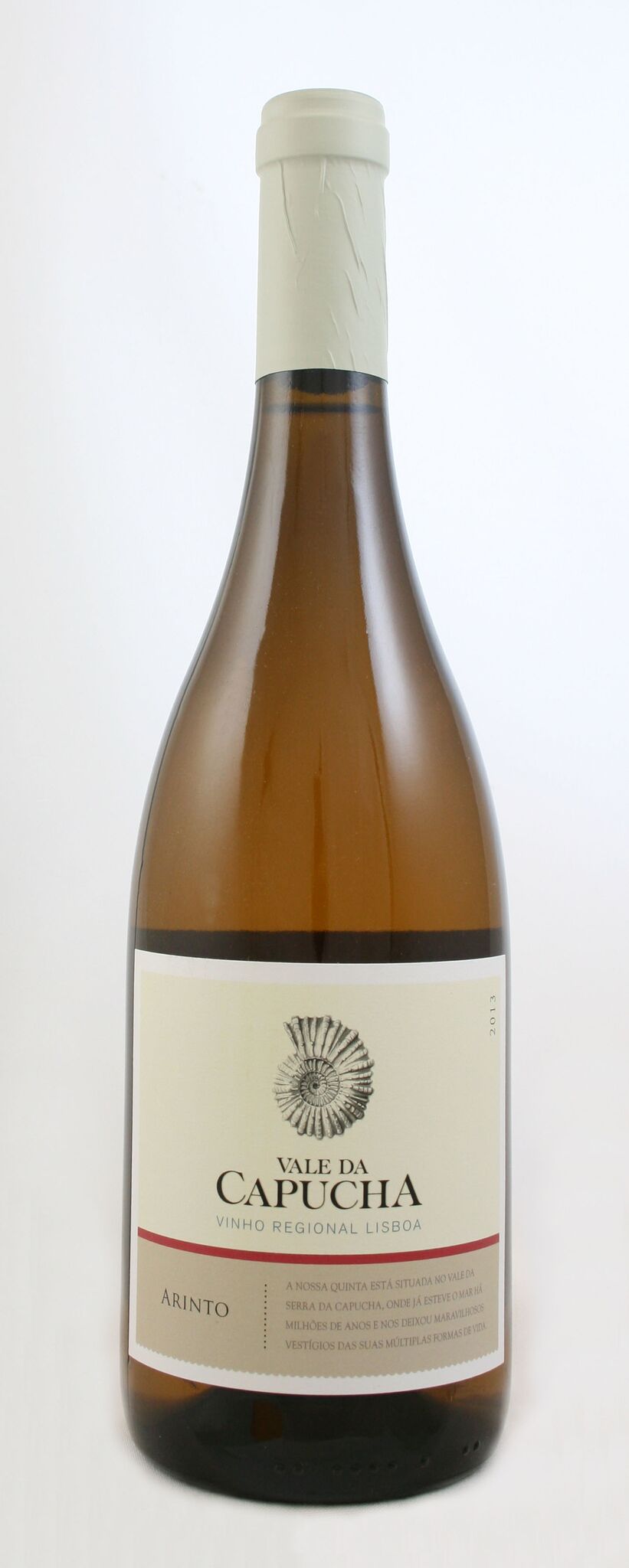
Pedro Marques specialises in indigenous grapes grown a mere 8km from the Atlantic Ocean. Maximum human work in the vineyard and minimum intervention in the winery are the keywords. Terroir-driven wines are made from Arinto; Fernão Pires; Alvarinho; Gouveio; Touriga Nacional and Tinta Roriz. The Lisboa region of Torres Vedra is avowedly Atlantic with misty mornings and windy afternoons, mild temperatures and marine influence deriving from the salt-laden air. The soils are clay-limestone, rich with fossils. Pedro and his family have been farming organically since plantation, promoting biodiversity in the soil by using natural products to treat the vineyard.
Arinto is the purest expression of the coast of Lisbon limestone, as if someone had squirted fresh lemon juice on a seashell! The acidity is electrifying. The Atlantic influence comes through in the other grapes: Gouveio, Alvarinho and Fernão Pires, but whether the wines are more textural or fruity and aromatic, you sense they come from the same place.
Cota 45 – Not sherry
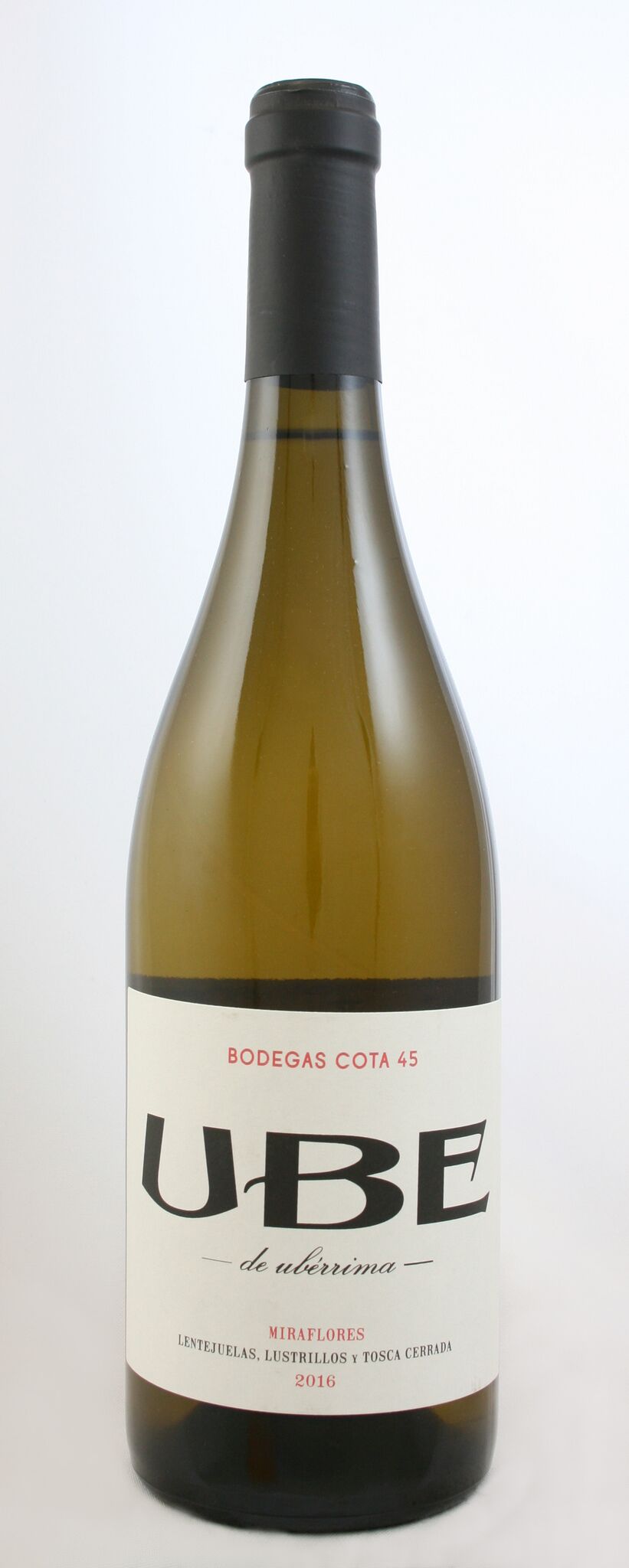
Many sherry warehouses are situated adjacent to the Guadalquivir River or the Atlantic Ocean, but the vineyards in Sanlucar and Chipiona are influenced by the sea. Meanwhile, the humidity in the cellars encourages the proliferation of micro-flora (the flor) which forms on the surface of the wine and allows for a slow oxidation.
Many sherries, particularly the Manzanilla Finos have a simple saline character. More developed examples acquire a nuttier timbre. Whilst the process of sherry-making contributes much to the character of wine, the proximity of the sea serves to soften and enrich.
But there are wines that are not fortified where the process is less important than the character of the vineyard and the subtle intonations that climatic variations bring.
UBE Miraflores from Bodega Cota 45 uses old clones of Palomino and is mix of three different albarizas (chalky soil with high fossil content): lentejuelas (grainy); tosca cerrada (lower chalk content, harder) and lustrillo (chalky with iron).
The grapes derive from five different vineyards of the Pago Miraflores area in Sanlúcar – the largest and most heterogeneous vineyard area of Sanlúcar. This blend of different albariza soils and vineyard gives the equivalent of a “village” Sanlúcar wine.
Carrascal is from the Las Vegas vineyard, the highest in the Pago de Carrasacal, and the closest area to the Atlantic. The vines are original rootstock Palomino and the terroir is lentejuelas, a grainy type of Albariza soil. The wine is fermented in 500 litre sherry butts with indigenous yeasts, aged in very old barrels and bottled after a light filtration and minimal sulphites added.
What is also delightful is the uplift of beautiful chalky acidity and the wines weigh in at an eminently drinkable 12-12.5% abv. Los Angeles (thirst)slakers!
Txakoli – fermented sea spray
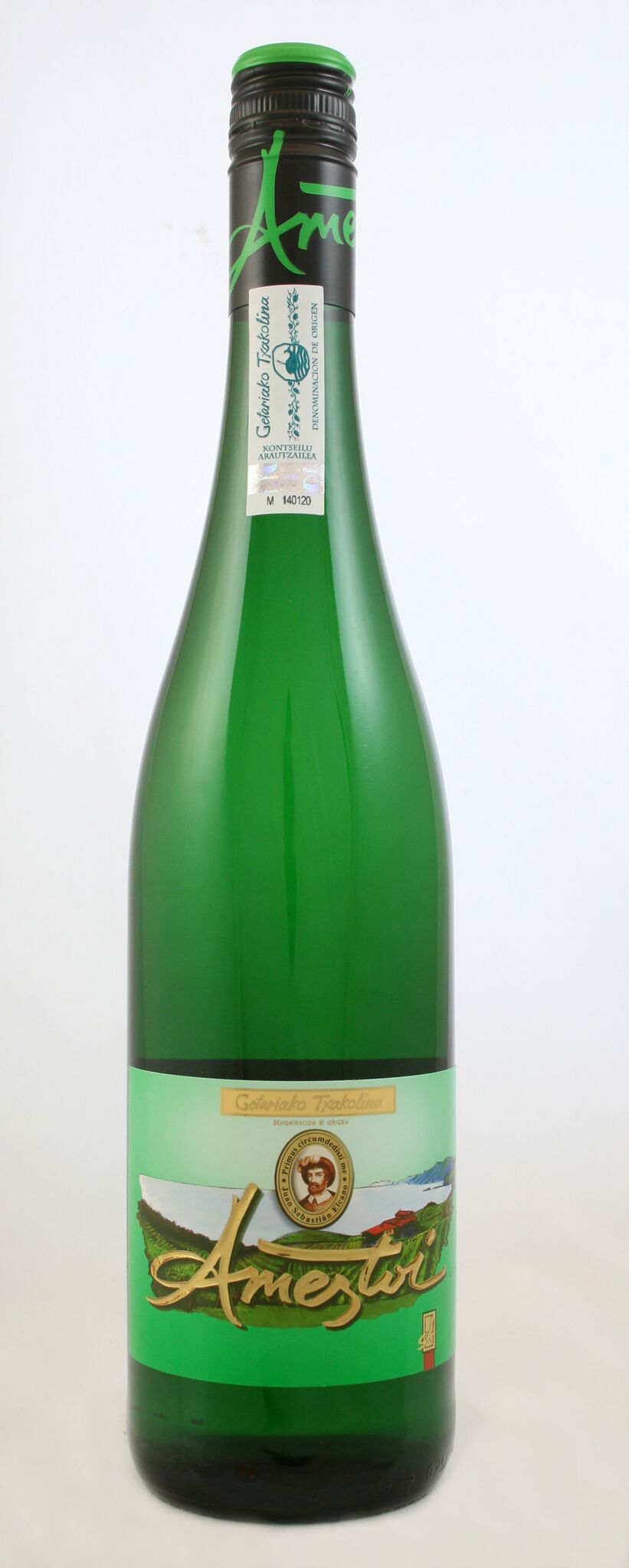
From Bilbao to San Sebastian Basque Txakoli (or Chacoli) made from the native Hondarrabi Zuri, is served in the pinxtos bars poured with great panache from a great height into small tumblers. The green-tinted liquid turns chalky-white, foams and eventually settles, retaining a lively spritz. The best wines are produced around the fishing village of Getaria where the vineyards are cut into incredibly steep terraced slopes overlooking the Bay of Biscay. Here you have a polyculture: apples, pears and tomatoes are planted, the vineyards are not weeded and no chemical sprays are used. The taste of Txakoli, well, to quote Dick Swiveller in the Old Curiosity Shop, it can’t be tasted in a sip. It should be a back of the throat job, waiting for that jolting appley sourness to kick in. Gird your loins with some Cantabrian anchovies, stuffed pimentos or smoked fish and let the Txak attack! Recommended by one writer as the perfect accompaniment to wild rabbit because it is the only wine wherein the acidity can dissolve lead shot. Now Txak comes fetchingly in rose-tinted pink, fragrantly floral (violets and irises) and typically effervescent, vivacious and aerial.
*
Interested in finding out more about the above mentioned wines? Buy online here or contact us directly…
Retail: shop@lescaves.co.uk / 01483 554750

